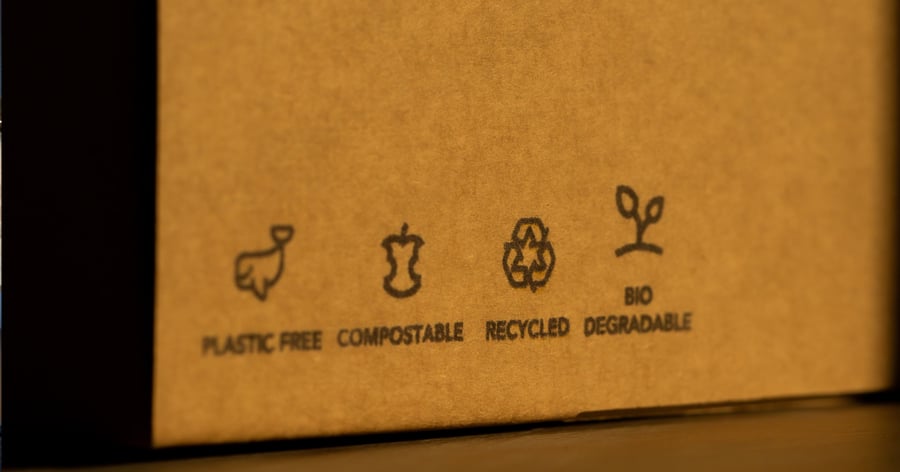What is greenwashing? Examples and green marketing best practices

What is greenwashing?
The built environment generates 40% of annual global CO2 emissions, with 13% of that attributed to building materials and construction. As the industry begins to take responsibility for its part in the climate crisis, architects and designers are increasingly looking for products and materials that meet green building requirements. In response to this rise in demand, manufacturers and suppliers have started introducing more ‘sustainable’ products to market.
While some businesses have made genuine commitments to sustainability, others have attempted to capitalise on the growing demand for these products through greenwashing.
Greenwashing is defined as the act of making a product, policy, activity, or organisation appear more environmentally friendly, or less environmentally damaging than it really is. As mentioned above, greenwashing can be an intentional decision to mislead the consumer, but it can also be an honest mistake. If your business is dedicated to manufacturing genuinely green products, it’s important to understand what greenwashing looks like, and the steps you can take to avoid it.
Common examples of greenwashing
From the iconic imagery of a hand cupping a seedling, to products labelled ‘eco-friendly’ in bold green type, greenwashing comes in all shapes and sizes. Let’s take a look at some common examples:
- Packaging that ‘looks’ recycled, or incorporates ‘green’ graphics to create the illusion of a sustainable product.
- Fluffy language that has no clear meaning, eg. natural, eco-friendly, good for the planet.
- Sustainability logos that have been created specifically for the product or brand, and aren’t backed by an accredited third-party organisation.
- Businesses that sell one ‘green’ product when the rest of their range is not.
- Vague claims that don’t include specific numbers or research to back them up, eg. ‘buying this product helps us reduce our carbon footprint’.
- No information on how to correctly dispose of the product. This includes recycling logos on products where no infrastructure exists to recycle that product.
Green marketing best practices
So, how do you avoid making these mistakes while still communicating your brand’s sustainability message? Here are some green marketing best practices:
- Have your business verified by a third-party sustainability certification relevant to the industry and your local market. While each country has their own environmental certifications, there are a few organisations, such as BREEAM, LEED, and ISO, that cover the global design and construction industry. We recommend doing some research on the organisations in your market, and pursuing verification for your business.
- Be transparent. Whether you’re marketing your products to design professionals or homeowners, your customers will have some understanding that running a sustainable business is complicated in the current linear economy framework. What consumers are looking for is a genuine commitment to sustainable practices. Through honest communication, and transparent documentation, your customers will feel confident purchasing green products from your brand.
- Use third-party verified, research backed data to support your sustainability claims, and make all supporting documents freely available on your website.
- Choose packaging colours and imagery that honestly reflect your product and brand. If your product is truly sustainable, you won’t need to use any marketing gimmicks to make it stand out.
- Ensure all sustainability qualifications and disclosures are clear and prominent on your packaging and website. Place any disclosures close to the qualified claim to make it easy for consumers to understand. Use plain, accessible language devoid of fluffy words and vague terms.
- Provide clear instructions on how to dispose of your product and packaging properly in all locations your product is sold. If your business runs a ‘take back’ scheme, include information on how consumers can return the product or packaging back to you at the end of its life.
The bottom line
Greenwashing is an ethical issue – not only damaging to the environment, but the reputation of your business. However, by following green marketing best practices and making a genuine commitment to producing sustainable products, you can build a strong, credible brand that consumers trust.




